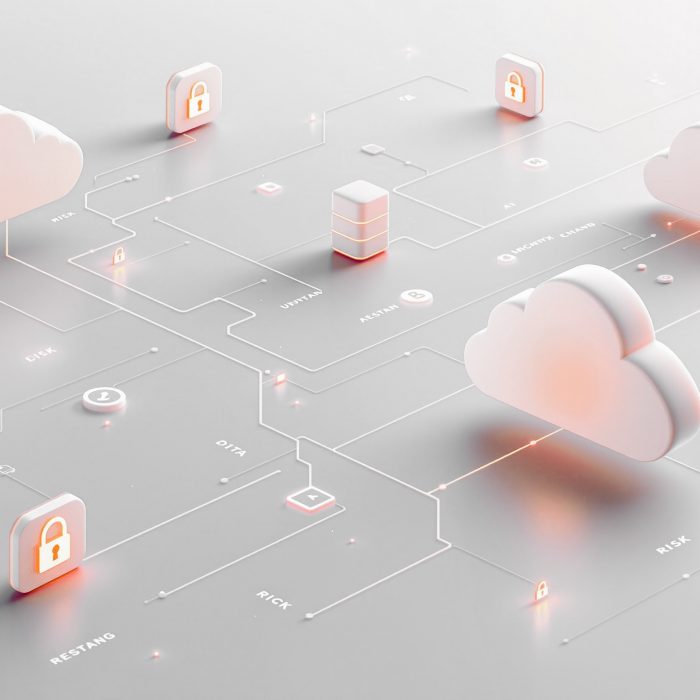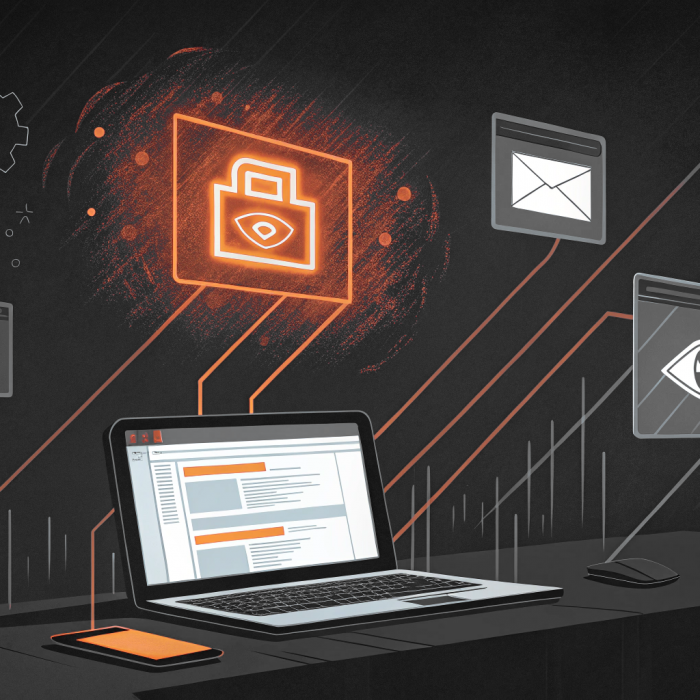Over the past decade, we’ve witnessed some truly jaw-dropping cyberattacks—sophisticated, high-tech operations that have sent shockwaves through industries and governments alike. These aren’t your run-of-the-mill viruses; these are meticulously crafted assaults designed to exploit every possible vulnerability. By understanding the mechanics and impacts of these notorious attacks, we can arm ourselves with the knowledge needed to fortify our defenses. In this blog, we dive into ten of the most complex malware attacks that have forever changed the cybersecurity landscape, and reveal the key lessons learned that can help protect your organization from similar threats.
1. Stuxnet (2010) Overview: Stuxnet, discovered in 2010, is often regarded as the first cyber weapon. It targeted Iran’s nuclear facilities, specifically the centrifuges at the Natanz facility. This sophisticated worm exploited multiple zero-day vulnerabilities in Windows systems to infiltrate and damage industrial control systems (ICS).
Analysis:
- Techniques: Stuxnet used zero-day exploits, USB drives for physical access, and highly specialized code targeting specific PLCs (Programmable Logic Controllers).
- Lessons Learned: The attack underscored the vulnerability of critical infrastructure and the importance of protecting ICS from cyber threats.
2. Duqu (2011) Overview: Duqu, considered a variant of Stuxnet, was discovered in 2011. Its primary purpose was to gather intelligence and keystrokes from industrial control systems, rather than causing direct damage.
Analysis:
- Techniques: Duqu used shared code with Stuxnet, indicating a possible connection, and employed sophisticated data exfiltration methods.
- Lessons Learned: Highlighted the necessity of robust cybersecurity measures in ICS and the potential for espionage-focused malware.
3. Flame (2012) Overview: Flame, detected in 2012, was a highly complex malware used for cyber espionage in the Middle East. It could record audio, capture screenshots, and log keystrokes, among other capabilities.
Analysis:
- Techniques: Flame utilized modules for different functions, spread via LAN, and had advanced evasion tactics.
- Lessons Learned: Emphasized the potential for malware to conduct extensive surveillance and the need for comprehensive monitoring.
4. Shamoon (2012) Overview: Shamoon, or Disttrack, attacked Saudi Aramco in 2012, wiping data from over 30,000 computers. It was designed to overwrite the master boot record, making data recovery difficult.
Analysis:
- Techniques: Shamoon spread through network shares and used destructive payloads.
- Lessons Learned: Stressed the importance of data backup and network segmentation to limit the impact of destructive malware.
5. CryptoLocker (2013) Overview: CryptoLocker marked the rise of ransomware in 2013. It encrypted victims’ files and demanded payment in Bitcoin for the decryption key.
Analysis:
- Techniques: Distributed via email attachments and exploited weak user security practices.
- Lessons Learned: Highlighted the need for strong email security, user education, and reliable backup solutions.
6. Regin (2014) Overview: Regin, discovered in 2014, was a sophisticated spyware used for espionage against government and infrastructure targets. It operated undetected for years.
Analysis:
- Techniques: Employed a modular design for flexibility and stealth, with advanced encryption methods.
- Lessons Learned: Demonstrated the complexity of state-sponsored malware and the importance of continuous monitoring and anomaly detection.
7. WannaCry (2017) Overview: WannaCry ransomware, which spread in 2017, affected hundreds of thousands of computers in over 150 countries. It exploited a vulnerability in Windows SMB protocol.
Analysis:
- Techniques: Used the EternalBlue exploit, developed by the NSA and leaked by the Shadow Brokers.
- Lessons Learned: Highlighted the necessity of timely patching and the dangers of using outdated software.
8. NotPetya (2017) Overview: NotPetya, initially perceived as ransomware, was later identified as a wiper malware. It primarily targeted Ukrainian infrastructure but caused global damage.
Analysis:
- Techniques: Spread through a compromised update mechanism of the MEDoc accounting software, used lateral movement within networks.
- Lessons Learned: Reinforced the need for supply chain security and thorough vetting of third-party software updates.
9. Emotet (2018-2021) Overview: Emotet started as a banking Trojan in 2014 but evolved into a major threat by 2018, acting as a distributor for other malware. It was dismantled in a global law enforcement operation in 2021.
Analysis:
- Techniques: Used phishing emails and malicious attachments to infect systems, laterally moved to spread across networks.
- Lessons Learned: Emphasized the importance of email security, user awareness training, and collaboration in cybersecurity efforts.
10. SolarWinds (2020) Overview: The SolarWinds attack, revealed in 2020, was a supply chain attack that compromised the Orion software platform, affecting numerous government and private sector organizations.
Analysis:
- Techniques: Attackers inserted malicious code into a software update, enabling backdoor access to victims’ networks.
- Lessons Learned: Highlighted the critical need for supply chain security and rigorous software integrity checks.
Admin By Request Zero Trust Platform
As the complexity and frequency of malware attacks continue to rise, choosing the right cybersecurity solutions is imperative. Admin By Request offers robust Privileged Access Management (PAM) and Remote Access solutions designed to counter these threats effectively.
- Comprehensive Security: Admin By Request ensures multi-factor authentication, detailed audit logs, and real-time threat detection to safeguard your systems.
- Compliance: Automated policy enforcement and robust reporting capabilities help meet stringent regulatory requirements.
- Cost-Effectiveness: Flexible pricing models and an affordable total cost of ownership make it accessible for organizations of all sizes.
- User Productivity: Features like Just-In-Time access and seamless user experience ensure that security measures do not hamper productivity.
- Ease of Implementation: Quick deployment and intuitive interfaces mean minimal disruption and fast integration into existing IT infrastructure.
By leveraging Admin By Request’s solutions, organizations can protect themselves from sophisticated malware attacks and ensure a secure, compliant, and efficient IT environment.
Conclusion
Understanding the most complex malware attacks of the last decade provides invaluable insights into fortifying your cybersecurity defenses. By learning from these incidents, organizations can better prepare for future threats. Admin By Request offers the perfect solution to help you stay ahead of cybercriminals and secure your organization’s digital assets. Explore our PAM and Remote Access solutions today to ensure comprehensive protection against the evolving landscape of cyber threats.
Sources:
- Stuxnet: https://www.wired.com/2014/11/countdown-to-zero-day-stuxnet/
- Duqu: https://www.symantec.com/connect/blogs/duqu-spooky-precursor-next-stuxnet
- Flame: https://www.bbc.com/news/technology-18238326
- Shamoon: https://www.secureworks.com/research/the-shamoon-wiper
- CryptoLocker: https://www.csoonline.com/article/2600349/cryptolocker-a-closer-look-at-the-menace.html
- Regin: https://www.kaspersky.com/resource-center/threats/regin-malware
- WannaCry: https://www.theverge.com/2017/5/12/15632100/wannacry-ransomware-global-attack-update
- NotPetya: https://www.wired.com/story/notpetya-cyberattack-ukraine-russia-code-crashed-the-world/
- Emotet: https://www.cisa.gov/news/2021/01/27/emotet-malware-infrastructure-disrupted-global-action
- SolarWinds: https://www.reuters.com/article/us-global-cyber-idUSKBN28N0PG






